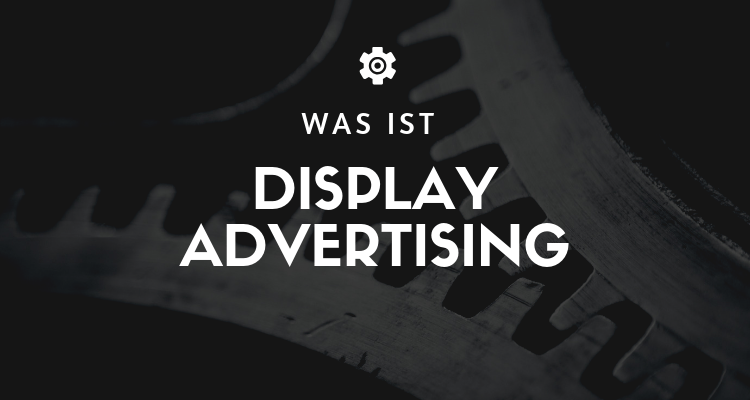
Display advertising occurs in the most diverse forms. This differs from native advertising, however, native advertising consists of both display ads, as well as from Content marketing exist. It is therefore understandable that some ambiguities arise when clarifying the term display advertising. The most important aspects are clarified below.
What is Display Advertising?
Display Advertising In simple terms, this is advertising on websites, apps, and social media platforms. This advertising can take on many different formats and appears, for example, in the form of text, images, videos, or audio clips, often in the margins of websites.
Occasionally Display Advertising refer to as any type of online advertising. However, this is a very simplified explanation of the term. Display ads are overt forms of advertising for something where the advertiser wants the customer to take a certain action. For example, the user is made to click on a website, look at a product or service, or read a text.
This is in contrast to native advertising, where ads are mixed to appear as an authentic part of their environment. Because of this, sponsored content, brand graphics, videos, or articles, appear as if they were a natural part of the website.
In addition to display advertising and native advertising, there is also a third form, namely the Content-marketing. This category includes, for example, blogs, reviews or articles. This provides the customer with useful, targeted information that enables the acquisition of the customer.
However, these three forms of advertising cannot be clearly separated, but tend to overlap. One example of this is native marketing, which is both display advertising but also part of the Content marketing appears.
Accordingly includes Display Advertising all obvious online advertisements. However, it does not only include the classic Banner advertisingbut is much more versatile. Nowadays, the majority of display ads are created using rich media formats such as GIFs, HTML5-animations, video, audio and text to attract the user's attention.
Where to display ads on websites?
Display ads can potentially be used on all websites, apps, and social media platforms. However, this is where the Relevance a crucial role in the impact of your ad. In the early days of display ads, the process of advertising on a website was mostly a direct sales process between the advertiser and the owner of a website. This often results in ads being placed out of context, which promotes what is known as banner blindness, where web users judge display ads as irrelevant, intrusive and unreliable.
Today's advanced technological capabilities make it possible to place display ads in a meaningful context in front of a relevant target audience.
These ads are served when your desired audience browses websites, watches videos, checks email, or uses apps.
Search engines display your ad when users are actively searching for your product or service. For example, within display networks, your ad can capture the interest of the target audience before your audience actively searches for your services. Another option is to analyze the user's search history to remind them of their interest in a product. This technique is also known as retargeting. Display networks match your ads to your audience based on search terms, browsing history, and interests. When you create your campaign, you define keywords or your own targeting settings for your ads.
Why: Display advertising
With Display Advertising you can use a variety of different formats and ad types. It is also possible to determine a wide range of relevant data through the correct use of analysis tools. This allows you to see which websites are running your ads and which campaigns and ads are the most efficient. You can also see which ads deliver the highest click-through rates (CTR), conversions and ROI.
The large amount of information and testing capabilities allows you to personalize your ads and campaigns for specific audiences based on current data and numbers. With this knowledge, you can improve the results and optimize your results. The idea is to gain insights that will give you a higher CTR, more leads and a better conversion rate at a lower cost. This allows your ads to perform better through higher quality, improved placement, and increased audience relevance.
« Back to Glossary Index
